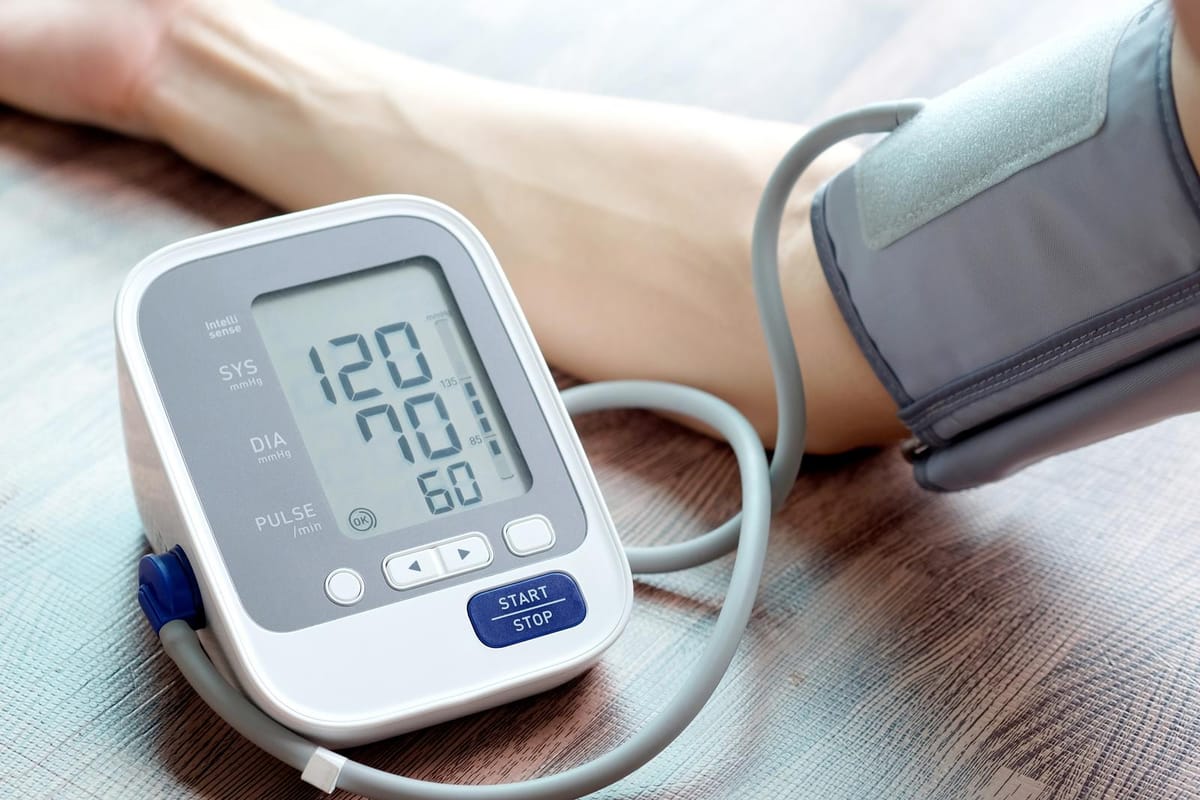

Lowering Blood Pressure Through Diet
High blood pressure, also known as hypertension, is a common health concern that affects millions of people worldwide. It's a silent killer, often without noticeable symptoms, yet it can lead to serious health problems like heart disease, stroke, and kidney failure. While medication plays a crucial role in managing hypertension, dietary changes can significantly impact blood pressure levels. This article explores 20 delicious foods that can help lower blood pressure naturally.
The Power of Potassium
Potassium is a mineral that plays a vital role in regulating blood pressure. Foods rich in potassium help the body flush out excess sodium, which is known to contribute to hypertension. Some of the best potassium sources include:
- Bananas: These yellow fruits are a well-known source of potassium. They're also packed with fiber, which aids digestion and can help regulate blood sugar levels.
- Sweet potatoes: These vibrant root vegetables offer abundant potassium, along with vitamins A and C. They’re versatile and delicious, enjoyed baked, roasted, or mashed.
- Avocados: Avocados are high in potassium and heart-healthy fats. They can be enjoyed in smoothies, salads, or as a spread on whole-grain toast.
- Tomatoes: Tomatoes are a low-calorie, potassium-rich option that’s packed with antioxidants.
Magnesium for Muscle Relaxation
Magnesium is another crucial mineral that supports blood pressure regulation. It helps relax blood vessels, allowing blood to flow more easily. Foods that are rich in magnesium include:
- Almonds: Almonds are a delicious and convenient snack that's packed with magnesium and healthy fats.
- Spinach: This leafy green is a powerhouse of nutrients, including magnesium and potassium. Enjoy spinach in salads, smoothies, or as a side dish.
- Black beans: Black beans, a protein-rich legume, also offer a good dose of magnesium. They can be added to soups, salads, or enjoyed as a side dish.
- Dark chocolate: Indulge in a small piece of dark chocolate for a magnesium boost. Choose varieties with at least 70% cocoa for maximum health benefits.
The Importance of Fiber
Dietary fiber plays a role in regulating blood pressure by helping the body flush out excess cholesterol and sodium. Here are some fiber-rich foods that can be incorporated into your diet:
- Oats: Oats are a versatile grain that can be enjoyed as porridge, oatmeal, or added to baked goods. They're a good source of fiber, magnesium, and potassium.
- Beans: All types of beans are excellent sources of fiber, protein, and magnesium. Enjoy beans in soups, stews, salads, or as a side dish.
- Lentils: Lentils are another valuable source of fiber, iron, and protein. They're a delicious and versatile ingredient for soups, stews, and salads.
- Berries: Berries like blueberries, strawberries, raspberries, and blackberries are packed with antioxidants and fiber. They can be enjoyed fresh, frozen, or used in smoothies.
The Benefits of Omega-3 Fatty Acids
Omega-3 fatty acids are essential fats that have been shown to reduce blood pressure. They help reduce inflammation and improve blood vessel function. Great sources of omega-3s include:
- Fatty fish: Salmon, tuna, mackerel, and sardines are excellent sources of omega-3 fatty acids. Aim for at least two servings per week.
- Walnuts: Walnuts are a good source of omega-3s, protein, and fiber. Enjoy them as a snack or add them to salads and trail mixes.
- Flaxseed: Flaxseed is a plant-based source of omega-3 fatty acids. Enjoy it ground in smoothies or sprinkled on oatmeal.
Other Foods to Consider
Besides the foods mentioned above, there are several other foods that can contribute to lowering blood pressure:
- Garlic: Garlic has been shown to lower blood pressure and improve heart health. Add minced garlic to your favorite dishes.
- Onion: Onions, like garlic, can help lower blood pressure and reduce inflammation. Use them in soups, stews, and stir-fries.
- Green tea: Green tea contains antioxidants that may help lower blood pressure. Enjoy a cup or two daily.
- Apple cider vinegar: While research is still ongoing, some studies suggest that apple cider vinegar can help lower blood pressure. Add it to salads or drinks
- Ginger: Ginger has anti-inflammatory properties that can help reduce blood pressure.
Important Considerations
While these foods can contribute to reducing blood pressure, it's important to remember that dietary changes should be made in consultation with a healthcare professional, especially if you have underlying health conditions. Additionally, maintaining a healthy lifestyle, including regular exercise and stress management techniques, is crucial for managing blood pressure.
In Summary
Incorporating these 20 blood pressure-lowering foods into your diet can be a delicious and healthy way to support heart health. Remember, a balanced approach to nutrition, coupled with a healthy lifestyle, is key to lowering blood pressure and promoting overall well-being. Consuming these foods regularly can lead to a healthier, more active lifestyle. It's important to note that this information is provided for informational purposes only, and does not constitute medical advice. Consult with your doctor or a qualified healthcare professional before making any changes to your diet or lifestyle.
Dues are $12 per year. Member benefits:
✅ Ad-Free Website Viewing
✅ Advocacy for Republican Seniors
✅ 120+ Senior Discounts
✅ Member Only Newsletters